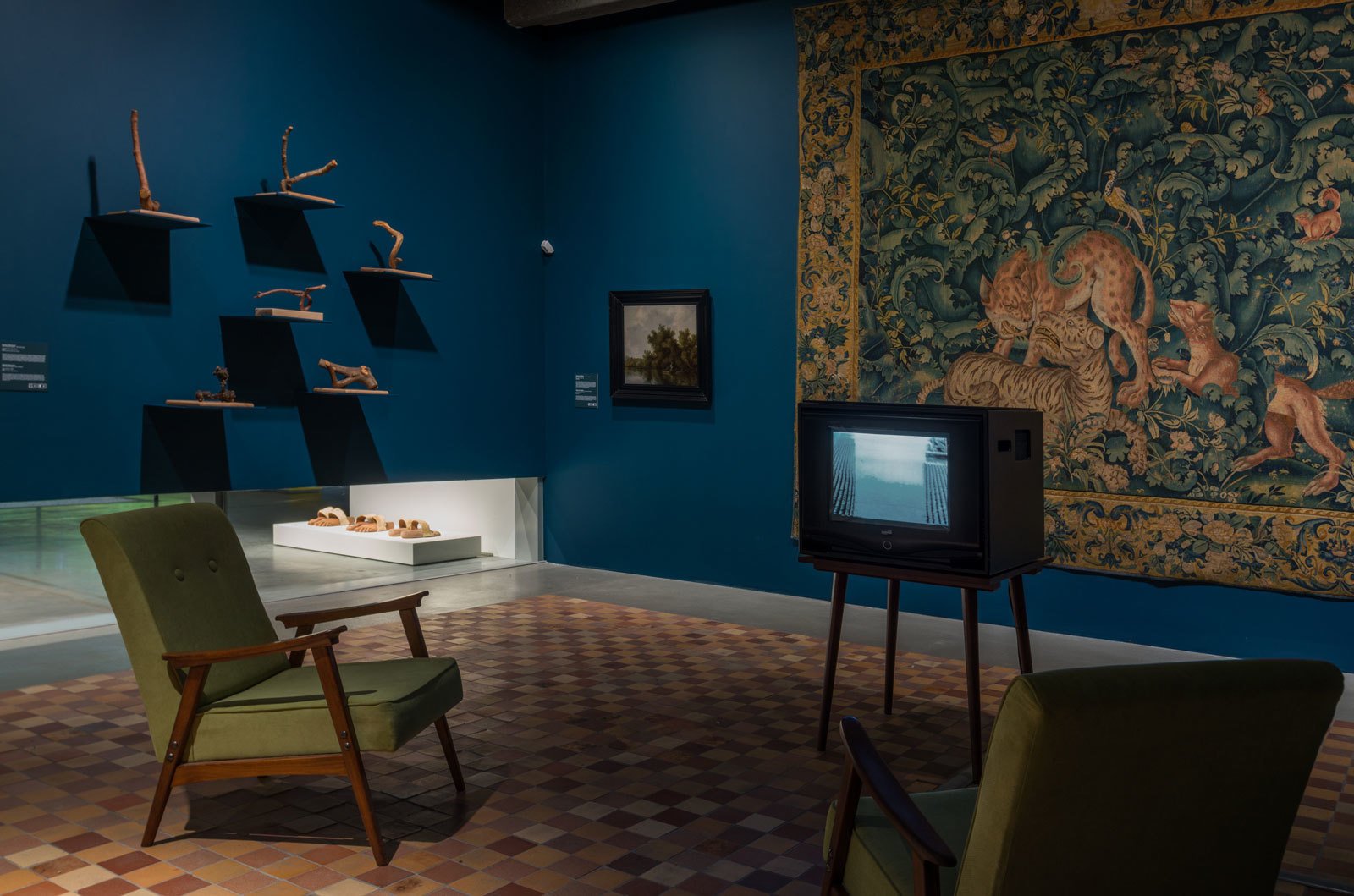Gerry Schum
1938, Cologne–1973, Düsseldorf

Land Art-Femsehausstellung I, 1969
16 mm film, with sound, video transferred to DVD, 32’
© The artist and Ursula Wevers
Groninger Museum, Netherlands
First broadcast on German television on April 15, 1969, the film begins with short introductory speeches by its author—German video art pioneer Gerry Schum—and Van Abbemuseum director Jean Leering, as if the two were speaking at an exhibition private view. The speeches are followed by contributions from eight American and European artists created in close interaction with nature and from natural materials, all shown with no commentary. This film by Schum introduced viewers to the emergent Land Art movement, to which it also gave its name.
With its earliest works dating back to 1967 and 1968, Land Art was first presented as a movement at the 1969 exhibition Earth Art, and the majority of the show’s participants were featured in Gerry Schum’s film. Opposed to the idea of art as a commodity and blurring the line between the object and the context—the work and documentation—land artists believed they worked at the intersection between art and real life, an idea that was inherited by younger generations of artists concerned with ecology. Land artists wanted to escape from the conventional chain of art production and consumption (studio – gallery – collector), and all the works featured in the film subverted the stereotype of the artist as a creator working in the solitude of their studio. The land artists’ escape from their studios and galleries resonated with Schum’s practice: he saw his mission in opening the closed, elitist gallery world to the public and making art more democratic through television. Land Art was his first experiment in creating a “television gallery”—a non-material institution that would come into existence during broadcasts and was based on the ideal of communicating artistic ideas instead rather than the ownership of objects.